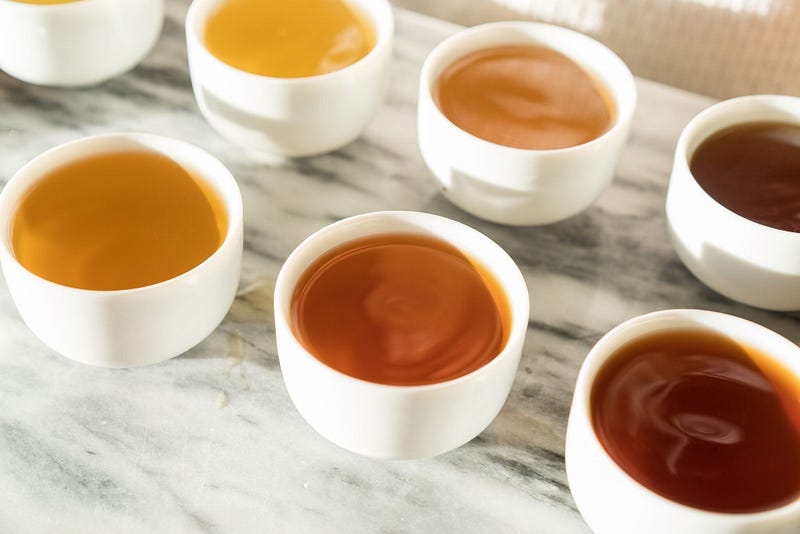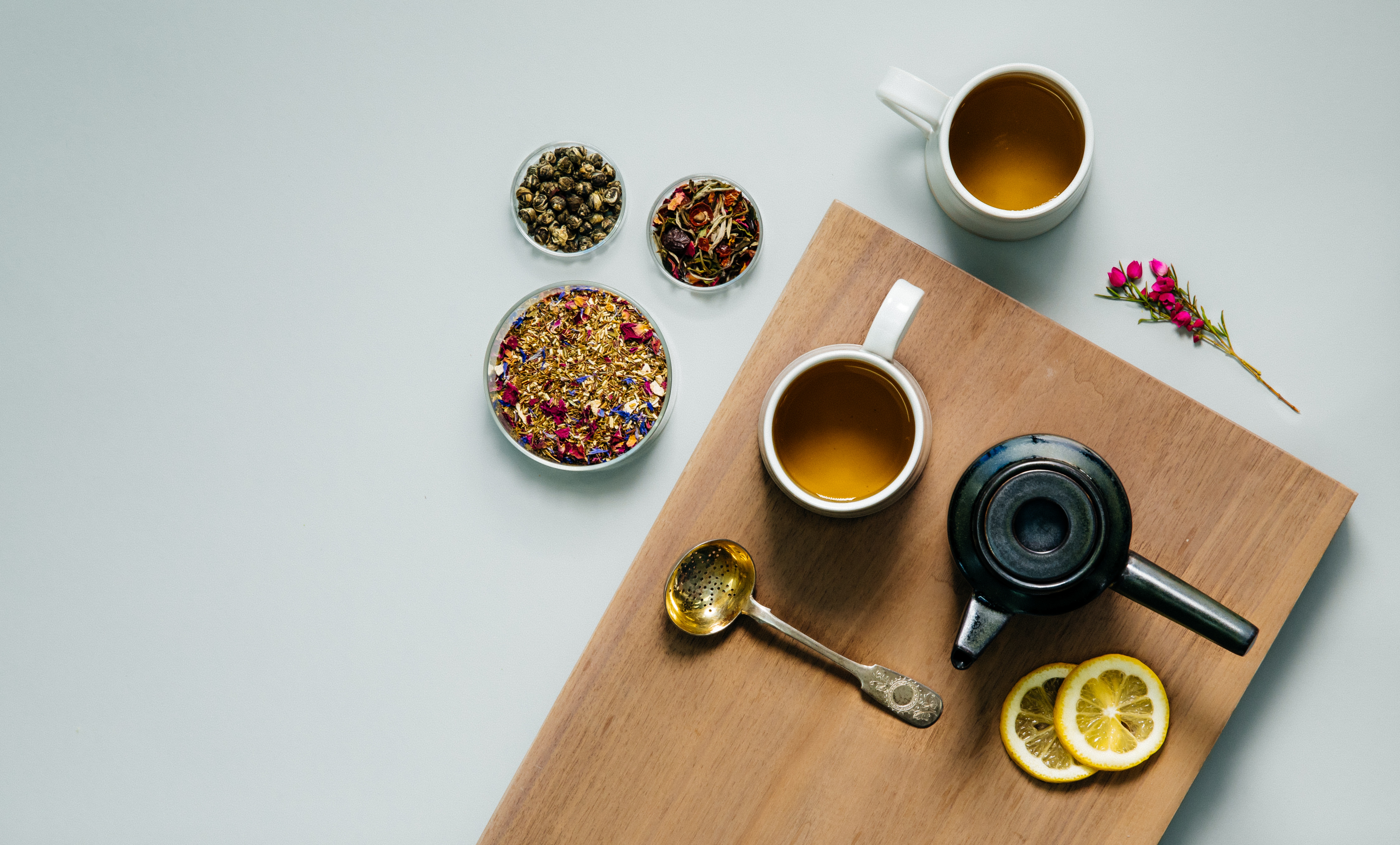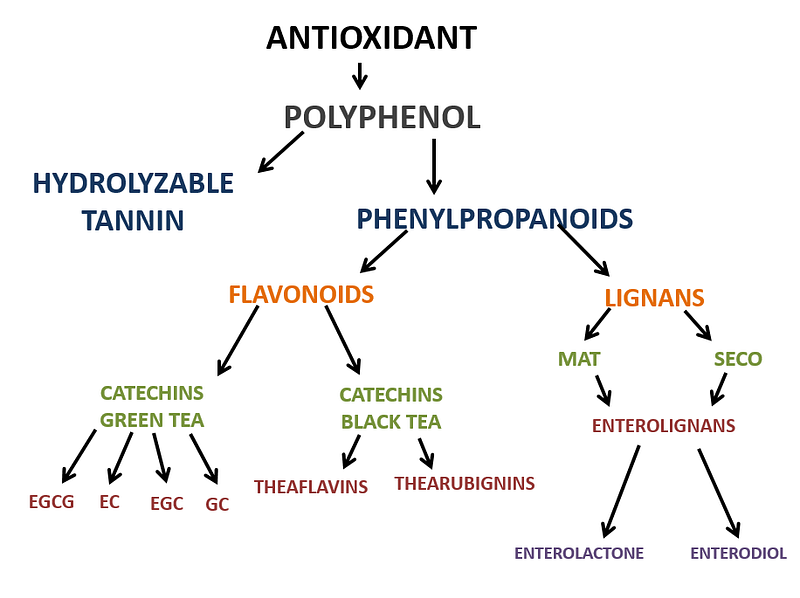We have all heard that consuming tea is healthy because tea contains Antioxidants, Polyphenols, EGCG, Flavonoids and Catechins that fight free radicals in the body. But what does that really mean? With all the research published today on the health benefits of tea, it is becoming more and more common for operators to ask their tea partner to clarify the information on what the different scientific terms mean and the differences between them. As a strategic partner to your customers, you can provide them with the information they need to educate themselves and their guests on the wonderful health benefits of tea!

Are All Teas Healthy?
Yes, because all tea comes from the same plant, Camelia sinensis, all tea contains some health properties. Premium orthodox teas do tend to be higher in antioxidants, however, because they primarily contain only the fresh new leaves of the plant, compared to CTC teas that often include older mature leaves, as well as, stems and stalks.
To start, the terms Antioxidants, Polyphenols, EGCG, Flavonoids and Catechins all refer to antioxidants. One way to understand the relationship between the different antioxidant compounds is to consider them in order from largest group to smallest. The illustration below shows a basic break down of the groupings. As you can see from the diagram, antioxidants range from very broad or to very specific. For example, EGCG is a very specific antioxidant.
Understanding the Technical Terms
Antioxidant is a broad term that covers many different types of substances. An antioxidant is a substance that prevents the oxidation of another substance. Oxidation is the loss of an electron when two substances interact. The substance that loses the electron is oxidized. Oxygen is a well-known oxidizing agent, hence the term oxidation. We are most familiar with this happening to apples turning brown when they are cut open, or metals when they start to rust. Likewise, that is what happens when green tea becomes black tea.
The method for quantifying the strength of antioxidants in food is through Oxygen Radical Absorbance Capacity (ORAC). ORAC is a measurement of how effectively the food neutralizes free radicals. The ORAC value of tea is between 1,128–1,253. This is on the same level as peppers, apricots, mangos and potatoes; but higher than eggplants, pineapples, orange juice and carrots.
Free radicals are substances that set off a chain reaction which can be damaging to cellular structures. Free radicals are natural byproducts of the metabolic processes that are believed to be responsible for aging and the development of several different diseases, such as cancer. Antioxidants block, or stop the oxidation process, thereby neutralizing free radicals and stopping the chain reaction before it starts. Although our bodies produce some antioxidants naturally, we also require antioxidants from food. Polyphenols are the most common antioxidant found in tea. This phytonutrient is a byproduct of a plant’s metabolism and is made up of many phenol units. (A phenol is an organic compound that is mildly acidic.)
Polyphenols are made up of 2 primary groups: Hydrolyzable Tannins and Phenylpropanoids. The most famous polyphenol group is Phenylpropanoids. Phenylpropanoids are a diverse family of organic compounds that are synthesized from phenylalanine amino acid in plants. The two most popular sub groupings are Flavonoids and Lignans. Flavonoids are the most consumed group of polyphenolic compounds in the human diet and are found in most plants. Lignans are a principal source of dietary phytoestrogens (most commonly found in nuts and oilseeds) in Western diets. Lignans like Matairesinol (MAT) and Secoisolariciresinol (SECO) are converted in the intestine to enterolignans, which is then used by the body in the form of Enterolactone and Enterodiol. Hydrolyzable Tannins (or tannins found in tea) are often misunderstood as tea having tannic acid. While tannic acid is a specific type of tannin, these two terms are not interchangeable. Tea does not contain tannic acid!
In taking a closer look at Flavonoids, we see a grouping of like substances called Catechins. Catechins make up about 25% of the dry weight of tea and can influence the taste of the tea. This taste can best be described as not exactly astringent nor exactly bitter. We have seen this catechin group advertised on many tea products, and referred to in tea health articles. These catechins include Gallocatechin (GC), Epigallocatechin (EGC), Epicatechin (EC), and the most popular Epigallocatechin gallate (EGCG). EGCG is the most abundant catechin in tea and is found only in green tea, since catechins are converted to Theaflavins and Thearubigins during black tea production. Teas high in Thearubigins tend to be stronger in taste, have more body, have a dark brown/black color and are more simple in taste. An example of these would-be CTC machine processed commodity tea. Teas high in Theaflavins tend to be more mellow, nuanced in taste, multidimensional and complex, with a bright gold/red color. An example of these would be premium hand processed orthodox teas.
Summary
• All tea comes from the same plant Camellia sinensis
• Tea has potential health benefits due to the antioxidants it contains
• Antioxidant is a broad term that covers many types of substances with different technical names
• Antioxidants block free radicals and stop the oxidation process which is damaging to cellular structures
- The healthiest tea is the one that you will drink the most!
Art of Tea is an award winning purveyor of specialty and organic teas, based in Los Angeles, CA.
If you found this article helpful, please share it with coworkers, colleagues, and fellow lovers of tea.


